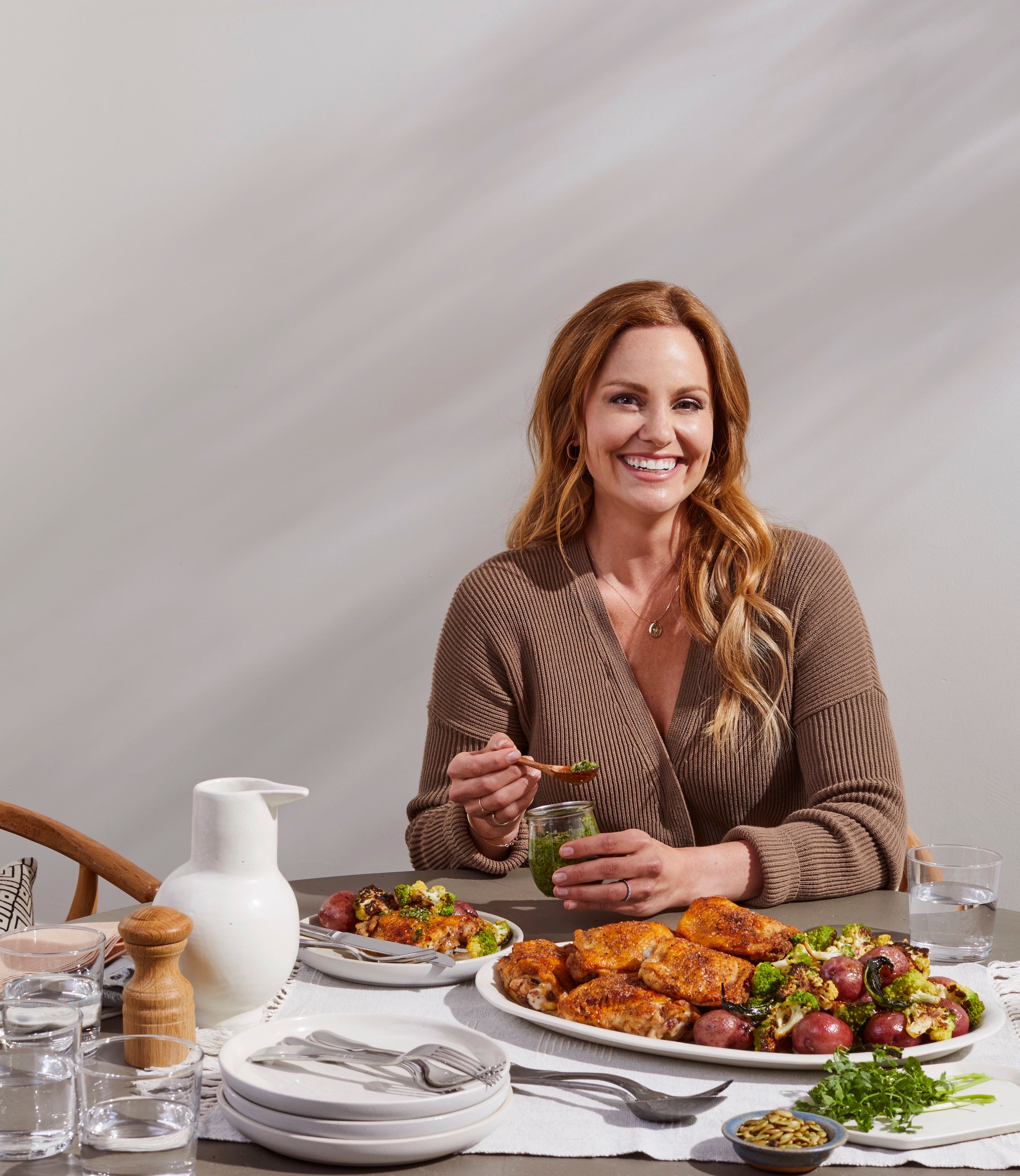
Author Bio:
1. What can non-basketball fans expect and learn in your book “From Hang Time to Prime Time”?
Well, I hope that non-basketball fans can understand how the NBA grew into an international, multi-billion dollar business thanks to marketing, the growth and sophistication of television (both cable and network sports), and significant cultural changes.
The NBA that is now intertwined into our daily lives--LeBron James becoming an international celebrity and advocate of social change; Giannis Antetokounmpo being the subject of a New York Times best-selling book by Mirin Fader--came from the actions and activities that are detailed in my book.
2. Outside of player contracts, what would you say has been the biggest change to the NBA in the last 25 years?
The swell of high school players and college undergrads who entered the NBA from 1996 to 2005--and it's not even close, in my opinion. Jonathan Abrams' outstanding Boys Among Men details the impact of this trend.
3. What is the best NBA game you have ever attended?
I've never been a sports reporter with a beat, so I don't have a stockpile of games that I can lovingly recall. And I never lived close enough to an arena where I could make regular trips, especially now. (I live in Central New York and the Syracuse Nationals and Rochester Royals are long gone.)
But I did attend a New Jersey Nets game back in 2008 that sticks in my mind. I attended with my younger brother, Dave, and we had great seats at mid-court. What stood out was how fast the game moved. These large men covered the court so adroitly that I was stunned.
And that's the thing, any NBA game is a marvel. You're seeing the best athletes in the world doing the incomprehensible on a regular basis. That will never cease being novel to me.
4. What are three things you love about the NBA?
First, I love all the off-the-court stuff. The Ben Simmons saga in Philly is better than any television drama right now. Second, as I mentioned previously, I love the sheer athleticism of what's on the floor. I can watch any game on television and be instantly happy. Third, there is so much great writing that comes from the NBA, whether it's beat reporting, profiles, books, even on social media. It's a feast.
5. What are three things you’d change about the NBA?
Oh, thank you for asking me this. First, I'd get rid of the interviews that coaches have to do between quarters on television. They're absolutely pointless. Second, I'd like to see the mid-range game make a triumphant return to prominence. Third, I'd want home teams to wear white uniforms and away teams to wear dark uniforms. This nightly switch-a-roo, mixed in with all the alternate uniforms, drives me mad.
6. Unlike the other professional sports leagues in the US, the NBA is very player-focused and player-driven; meaning they are very outspoken and use their platforms to influence the masses. How is the league’s transition to this point highlighted in your book “From Hang Time to Prime Time”?
Well, the transition isn't highlighted as much as to why the 1970s and 1980s featured a pause on these activities. By the early 1970s, the young men and women who had marched and protested and battled police were exhausted.
The time for youthful rebellion gave way to having a good time and money. Just look at the cultural scene: protest songs gave way to disco; films like Easy Rider and The Godfather made way for Star Wars.
Consequently, there was little place for an athlete who was outspoken, unless he or she wanted to be ostracized or lose out on endorsement dollars. It actually behooved an athlete, especially a Black athlete, not to say anything.
I mean, look at OJ Simpson's mammoth popularity. The man became a celebrity because he blended into white culture, because he made a point not to be Black. It was a time where marketing started to wield influence, and that's where David Stern took full advantage in the early 1980s.
7. The NBA is entering into its “diamond jubilee” or 75th anniversary season, if you had to make a “Mount Rushmore” for the NBA who would be on it?
Bill Russell, Michael Jordan, Kareem Abdul-Jabbar, and LeBron James. And that's just the players! I mean, James Naismith should be there. Ditto former NBA commissioner David Stern, right?
8. What was your research and writing process like for “From Hang Time to Prime Time”?
Intense. I wrote and reported the book in 16 months. From Hang Time to Prime Time is more than 300 pages. I did 315 original interviews on top of reading dozens and dozens of books, articles, and papers. It was like being shot out of a cannon, but you know what--I loved almost every minute of it.
I've had a number of vastly unsatisfying jobs, many of which consisted of long hours writing uninspiring copy as the clicked toward midnight and my potential running out. Getting to write about a topic I loved every day and get paid for it, was a dream come true.
Also, after living with this material for so long, it kind of seeped into my brain, but I gave myself help. I printed out all my interview notes and research materials, and organized them in file folders by topics--players, NBA execs, home video, etc.
Then, I wrote out the points I wanted to include--it could be one or two words--in the book on notecards. I then put the notecards in order of how I wanted the narrative to go. That all got put into a recipe box I bought at a second-hand store. So I'd go to a card, look in the appropriate file folder, and I'd be off.
At the heart of this was that I wanted this to be fun. I have no idea if I'll do this again, so I wanted to enjoy every minute of it. And I did.
9. In what ways has the NBA changed the sports entertainment landscape?
It's almost incalculable. Every stadium that's a theme park, every rookie superstar-to-be that gets a shoe deal, every televised game that features an irreverent halftime report--that's the influence of the NBA and David Stern.
10. What era of basketball gets the least amount of praise, but was most instrumental in the development of the league and sport over the last 75 years?
It's hard to pinpoint. Every era of basketball was instrumental in some way. If you look back at the NBA's history, men like Joe Fulks, George Mikan, Danny Biasone (the inventor of the shot clock), Elgin Baylor, Bill Russell had a gigantic impact. What is important for NBA fans to realize is that the game they enjoy now is built from past innovation and, in some cases, bravery.
To scoff at the past--the players weren't athletic, the game was too slow, etc.--is a disservice to people who have entertained generations. Every era is crucial to the game's development. From Hang Time to Prime Time sheds some light on a period that I think has gone overlooked. But yesterday is overlooked in today's Tweet first, ask-questions-later world.
11. Based on your studying of the NBA game over the past 75 years, how would you help the WNBA television execs better highlight and feature their game and athletes to the wider sports audience?
The first thing to remember is the WNBA is only 25 years old. The league is in its infancy, so people who say the WNBA is doomed need to cool it. With that being said, I think there are two things they should do. First, the NBA should schedule WNBA games alongside NBA games.
That will allow for TV cross-promotion and get the WNBA out of that summer no-man's land, when everyone has that post-Finals malaise and is ready to move on to baseball and NFL training camps. Second, the WNBA should hire a commissioner who's a big name, whose arrival would generate buzz. Like what if LeBron James took over when he retired? Or Michelle Obama? The game needs an ambassador in the top spot.
12. What’s your best advice for getting over writer’s block?
Look at my checkbook. Writing is my job, and that means doing it on days when I don't feel like it. I literally cannot afford for the muse to arrive.
13. What’s the best book you have read this year so far?
Dual Citizens by Alix Ohlin. Knocked me out. I even reached out to her on Twitter to express my appreciation. (Her husband Stephen Rodrick's memoir, The Magical Stranger, is terrific, too. No couple should have that much talent.)
14. What’s the best advice you have ever received on happiness?
It's advice I've cobbled together from my wife and therapist. It's OK to be happy. Being happy does not open yourself to laziness or a karmic comeuppance. Being worried or perpetually unsatisfied does not protect you from life's endless array of disappointments and annoyances, so if you have a chance to be happy, seize it and savor it.
15. Do you plan on writing more books in the future?
Yes. I feel like this is what I was meant to do.
Places To Find More From This Author:
Instagram: @pscroatto
Twitter: @petecroatto
Linkedin: pscroatto
Get Your Copy of From Hang Time to Prime Time Today!







